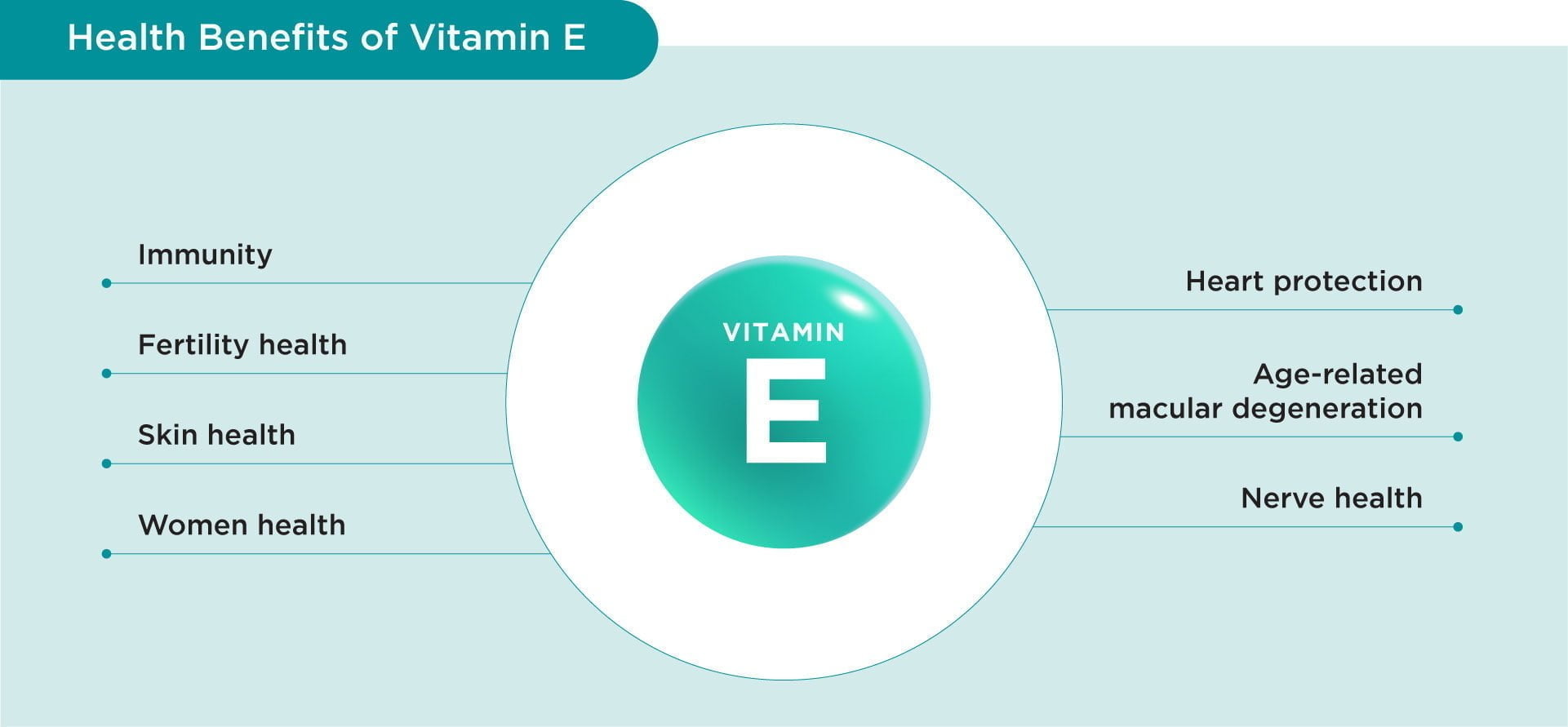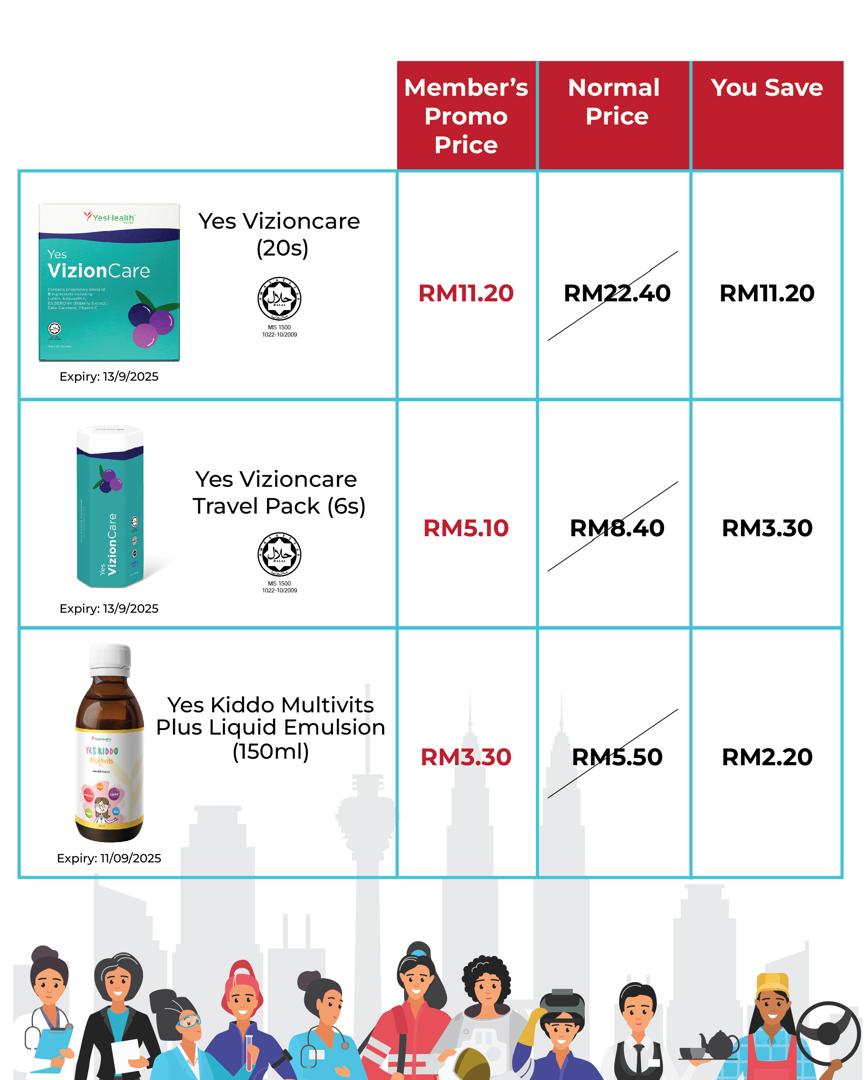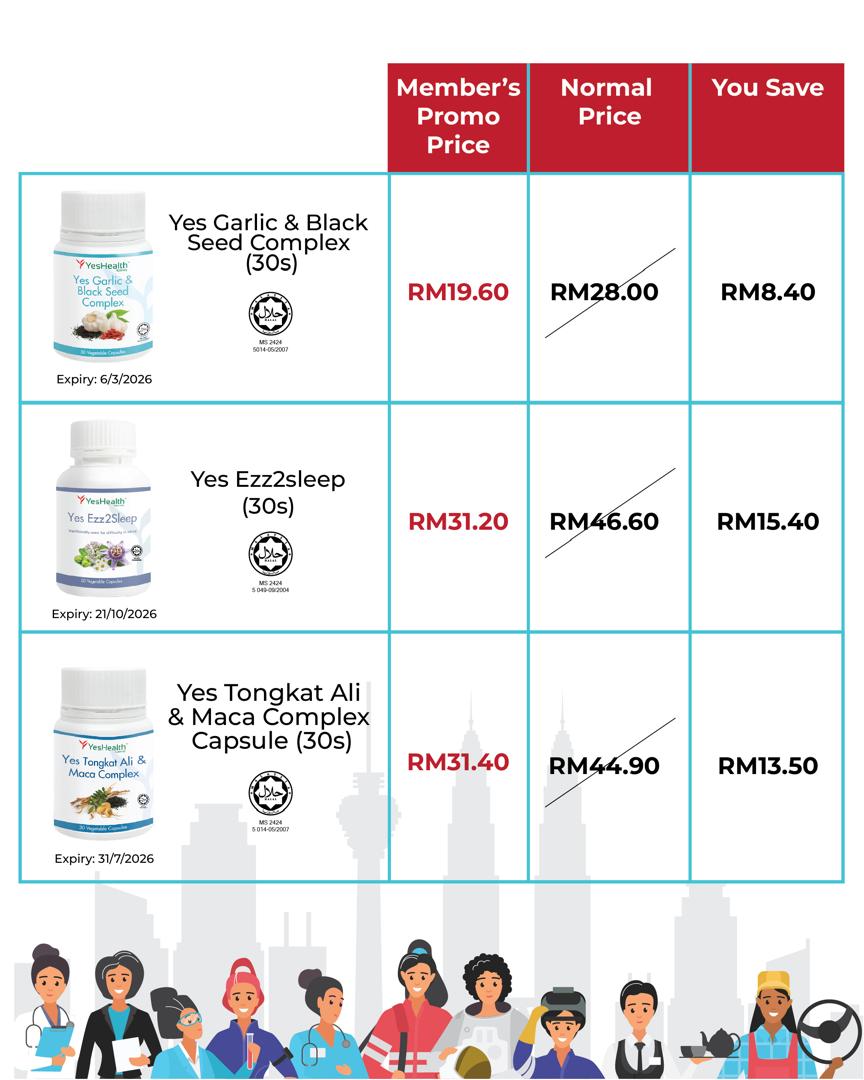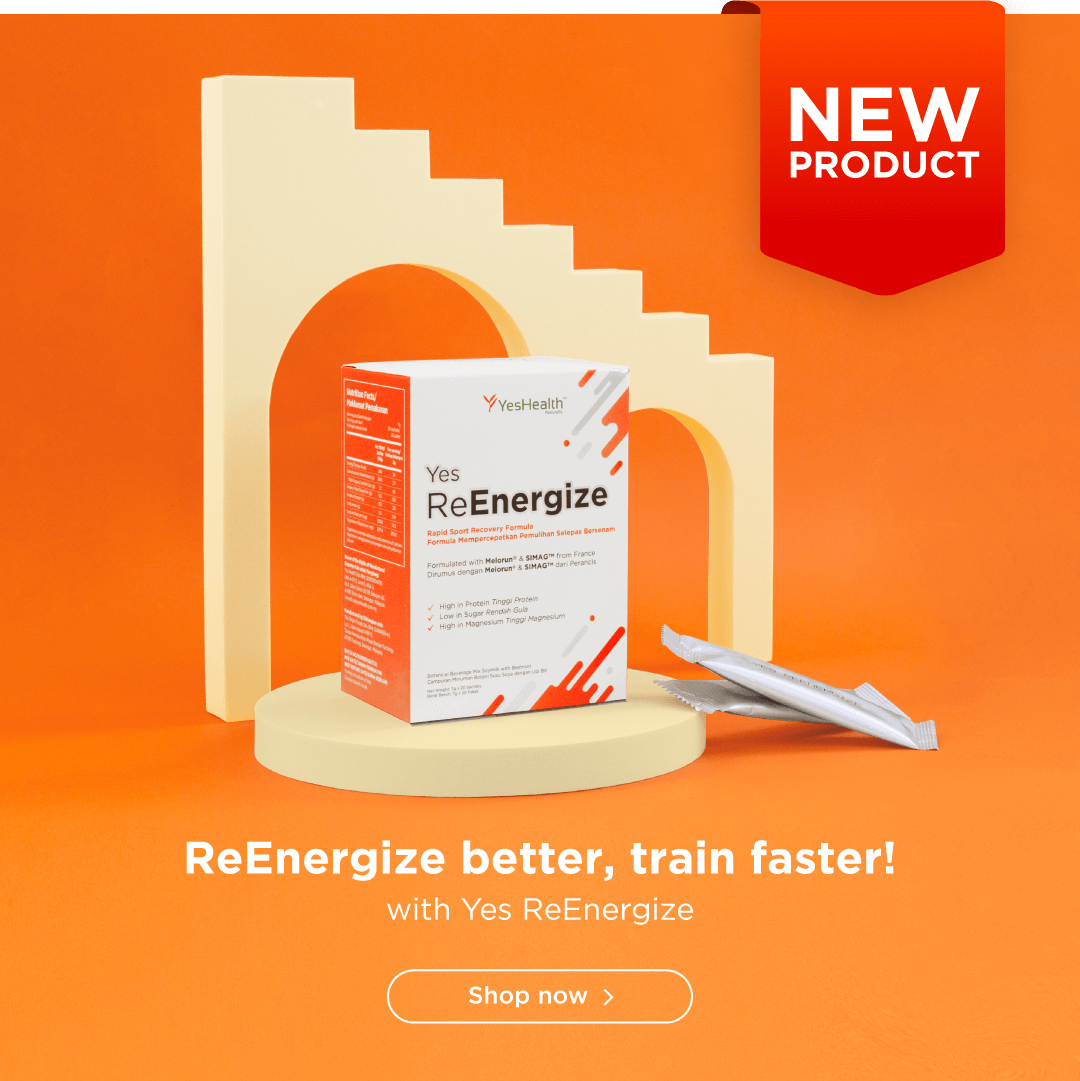Vitamin E

Vitamin E
Vitamin E is a type of fat soluble vitamins with distinctive antioxidant activities 1. Vitamin E can be found in numerous foods such as nuts (hazelnuts, peanuts), seeds (sunflower seeds), soybean oil, wheat germ oil, corn oil, and vegetable oils 1.
Nutritional Facts
It exists in eight different forms naturally such as alpha-, beta-, gamma-, and delta-tocopherol and alpha-, beta-, gamma-, and delta-tocotrienol which have varying levels of biological activity 1,2. The various forms of vitamin E are absorbed from the intestine and the liver preferentially resecretes only alpha-tocopherol while metabolizes and excretes the other vitamin E forms 1. Hence, among the forms, alpha- (or α-) tocopherol is the only form which is recognised to meet human requirements.
Published Health Benefits
1. Immunity
Vitamin E supplementation has been reported to enhance humoral responses and to confer protection against several infectious diseases 3. The anti-inflammatory and antioxidant properties of vitamin E can help modify the detrimental consequences of air pollution. Clinical trials have supported the role of vitamin E and C in ameliorating the effects of air pollution in asthma 4.
2. Fertility health
Vitamin E can improve endometrial response in women which promotes normal and healthy pregnancy 5. It inhibits the production of reactive oxidative species (ROS) in infertile male. Interventional studies reported supplementing vitamin E in combination with selenium or vitamin C can improve sperm motility and concentration 6.
3. Skin health
It reduces inflammatory responses, improves skin moisturization, and helps in wound healing 7. Oral intake of vitamin E has been shown to improve the symptoms (such as itchiness and the extent of lesion) and the quality of life in patients with atopic dermatitis, co-supplemented with vitamin C help protects the skin against UV damage 8.
4. Age-related macular degeneration
Age-Related Eye Disease Study (AREDS) found that supplementing with vitamin C, and E, beta-carotene, zinc, and copper at levels well above the recommended daily allowances reduced the risk of developing advanced age-related macular degeneration (AMD) by about 25% 9.
5. Women health
Studies have found vitamin E can help relieve pain in primary dysmenorrhea, reduce hot flashes experienced by menopausal women, as well as improve the physical symptoms of women with premenstrual syndrome 10,11,12.
6. Heart protection
Several observational studies have found that higher intake of vitamin E is associated with lower heart disease rates 13. Vitamin E can help inhibit oxidation of LDL cholesterol and prevent blood clots formation, thereby preventing atherosclerosis, heart attack or venous thromboembolism 14.
7. Nerve health
Antioxidant properties of vitamin E may have neuroprotective effects by preventing neuronal death and slow the cognitive decline naturally occurring during aging 15. It has been shown that higher intake of vitamin E helps prevent Alzheimer’s Disease, but further research is necessary to substantiate the emerging and encouraging evidence related to vitamin E’s effect on brain health.
Recommended Daily Dose
The recommended daily dose ranges from 15 IU to 1000 IU 1,16. Most of the market available vitamin E supplements contain 400 IU to 1000 IU. The upper limit for vitamin E has been set at 1465 IU (about 1000mg), above this dose may cause the risk of excessive bleeding 17.
References:
1. National Health Institutes. 2020. Vitamin E Fact Sheet for Health Professionals. https://ods.od.nih.gov/factsheets/VitaminE-HealthProfessional/
2. Traber, M. G., & Atkinson, J. (2007). Vitamin E, antioxidants and nothing more. Free radical biology & medicine, 43(1), 4–15. https://doi.org/10.1016/j.freeradbiomed.2007.03.024
3. Lee, G. Y., & Han, S. N. (2018). The Role of Vitamin E in Immunity. Nutrients, 10(11), 1614. https://doi.org/10.3390/nu10111614
4. McLoughlin, R. F., Berthon, B. S., Williams, E. J., & Wood, L.G. (2019) Vitamin E and Air Pollution. In: Weber P., Birringer M., Blumberg J., Eggersdorfer M., Frank J. (eds) Vitamin E in Human Health. Nutrition and Health. Humana Press, Cham. https://doi.org/10.1007/978-3-030-05315-4_27
5. Mohd Mutalip, S. S., Ab-Rahim, S., & Rajikin, M. H. (2018). Vitamin E as an Antioxidant in Female Reproductive Health. Antioxidants (Basel, Switzerland), 7(2), 22. https://doi.org/10.3390/antiox7020022
6. Ahmadi, S., Bashiri, R., Ghadiri-Anari, A., & Nadjarzadeh, A. (2016). Antioxidant supplements and semen parameters: An evidence based review. International journal of reproductive biomedicine, 14(12), 729–736. https://www.ncbi.nlm.nih.gov/pmc/articles/PMC5203687/
7. Michels, M. A. (2012). Vitamin E and Skin Health. https://lpi.oregonstate.edu/mic/health-disease/skin-health/vitamin-E
8. Jaffary, F., Faghihi, G., Mokhtarian, A., & Hosseini, S. M. (2015). Effects of oral vitamin E on treatment of atopic dermatitis: A randomized controlled trial. Journal of research in medical sciences : the official journal of Isfahan University of Medical Sciences, 20(11), 1053–1057. https://doi.org/10.4103/1735-1995.172815
9. Rasmussen, H. M., & Johnson, E. J. (2013). Nutrients for the aging eye. Clinical interventions in aging, 8, 741–748. https://doi.org/10.2147/CIA.S45399
10. Ziaei, S., Kazemnejad, A., & Zareai, M. (2007). The effect of vitamin E on hot flashes in menopausal women. Gynecologic and obstetric investigation, 64(4), 204–207. https://doi.org/10.1159/000106491
11. Dadkhah, H., Ebrahimi, E., & Fathizadeh, N. (2016). Evaluating the effects of vitamin D and vitamin E supplement on premenstrual syndrome: A randomized, double-blind, controlled trial. Iranian journal of nursing and midwifery research, 21(2), 159–164. https://doi.org/10.4103/1735-9066.178237
12. Ziaei, S., Zakeri, M., & Kazemnejad, A. (2005). A randomised controlled trial of vitamin E in the treatment of primary dysmenorrhoea. BJOG: An International Journal of Obstetrics and Gynaecology, 112(4), 466–469. doi: 10.1111/j.1471-0528.2004.00495.x
13. Stampfer, M. J., Hennekens, C. H., Manson, J. E., Colditz, G. A., Rosner, B., & Willett, W. C. (1993). Vitamin E consumption and the risk of coronary disease in women. The New England journal of medicine, 328(20), 1444–1449. https://doi.org/10.1056/NEJM199305203282003
14. Glynn, R. J., Ridker, P. M., Goldhaber, S. Z., Zee, R. Y., & Buring, J. E. (2007). Effects of random allocation to vitamin E supplementation on the occurrence of venous thromboembolism: report from the Women’s Health Study. Circulation, 116(13), 1497–1503. https://doi.org/10.1161/CIRCULATIONAHA.107.716407
15. La Fata, G., Weber, P., & Mohajeri, M. H. (2014). Effects of vitamin E on cognitive performance during ageing and in Alzheimer’s disease. Nutrients, 6(12), 5453–5472. https://doi.org/10.3390/nu6125453
16. American Heart Association. (2004). High Doses Of Vitamin E Supplements Do More Harm Than Good. Retrieved from: https://www.sciencedaily.com/releases/2004/11/041116233312.htm
17. Harvard Chan. Vitamin E. Retrieved from: https://www.hsph.harvard.edu/nutritionsource/vitamin-e/









